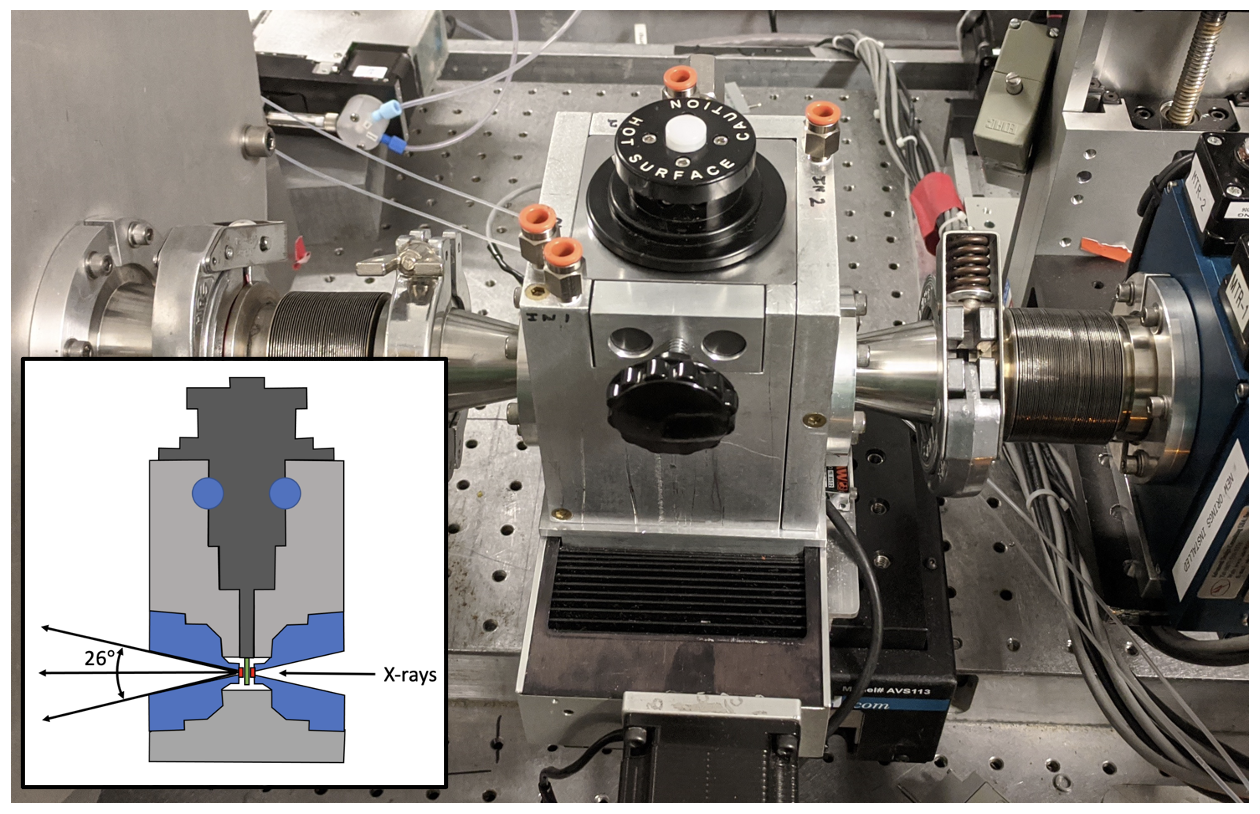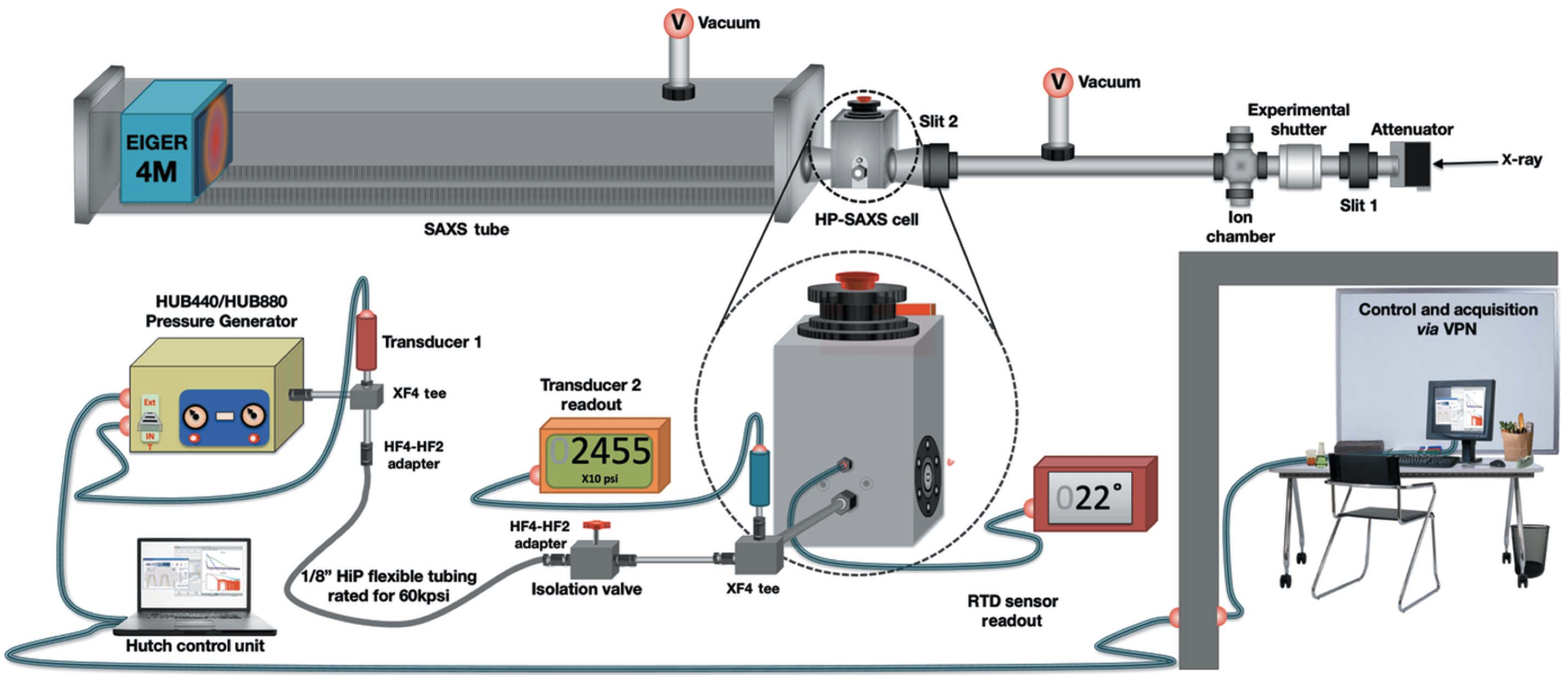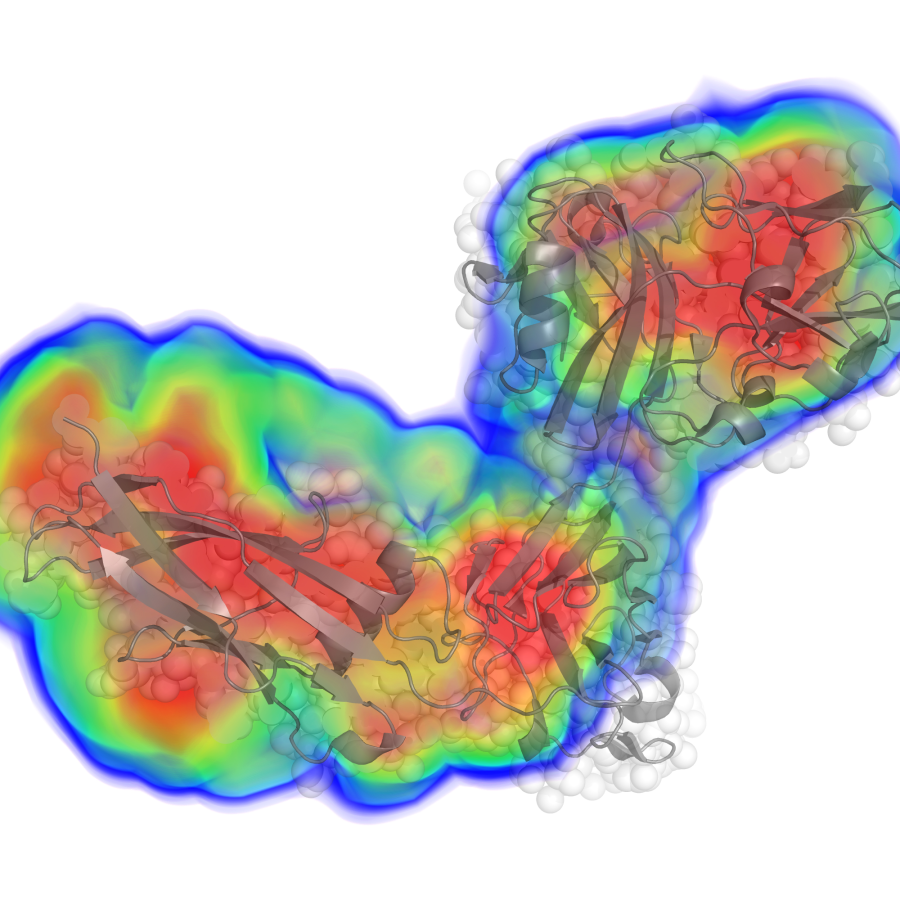There are many biophysical experiments that are enabled by the High Pressure (HP) SAXS cell: Sufficiently high pressure causes proteins to unfold in ways that are distinct from chemically or thermally induced denaturation. Thus, study of pressure-induced denaturation provides new information on the thermodynamics of protein unfolding. Pressure below the unfolding regime affect the tertiary structure by reducing the volume or water-filling of internal nanocavities in the proteins, thereby affecting the conformations of the protein, often with large consequences for active sites. HP also affects the degree of aggregation of macromolecular assemblies.
Study of the effects of pressure on biomolecular systems is not an esoteric exercise. Most of the volume of earth’s biosphere exists at pressures in excess of 100 bar. Moreover, application of pressure in the roughly 100 to 1000 bar range encountered in the biosphere is known to have numerous effects on biomolecular systems, including, for example, large changes in enzymatic reaction rates and viral infectivity. Relatively few of these effects are well understood. Investigations using HP-SAXS can lead to a better fundamental understanding of biomolecular systems and ultimately to biotechnological applications and therapeutic strategies for targeting biomolecules related to human diseases.

High pressure SAXS is now routinely available to all users. Please contact Qingqui Huang, Estella Yee for details.
References:
- Rai DK, Gillilan RE, Huang Q, Miller R, Ting E, et al. 2021. High-pressure small-angle X-ray scattering cell for biological solutions and soft materials. Journal of Applied Crystallography. 54(1):111–22
- Ando et al., High hydrostatic pressure small-angle X-ray scattering cell for protein solution studies featuring diamond windows and disposable sample cells, J. Appl. Crystallogr. 41, 167 (2008).
- Jenkins et al., Cavities in Context: Distinct Positional Consequences of Cavities on the Folding Landscape of a Repeat Protein. PNAS 115, E8153 (2018).

